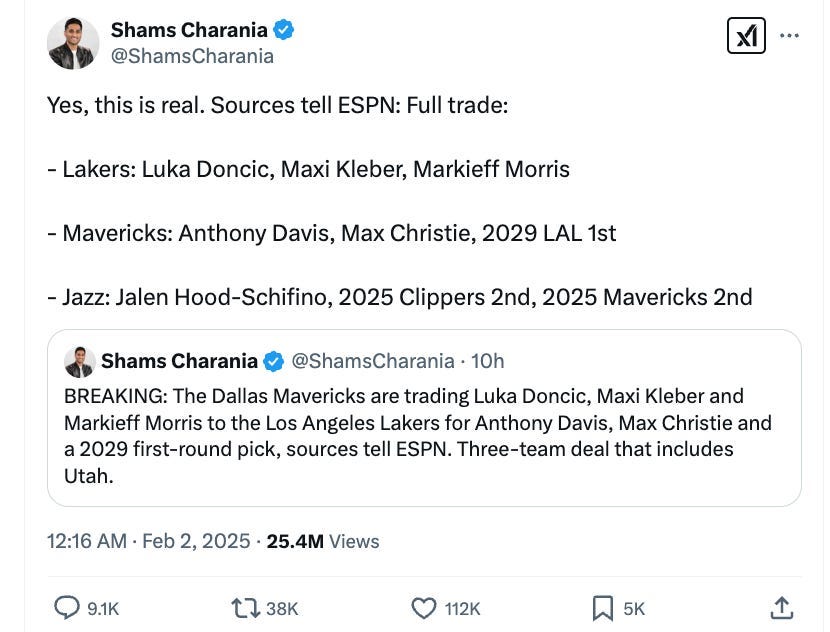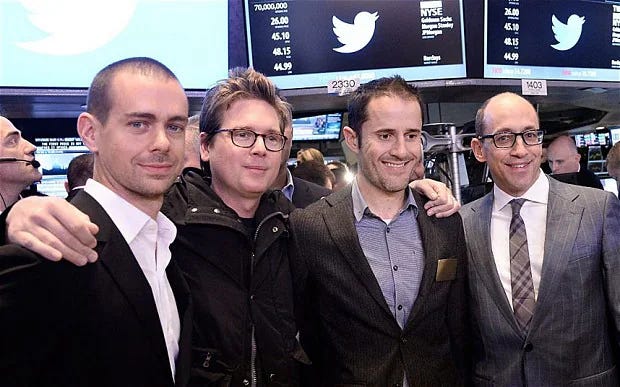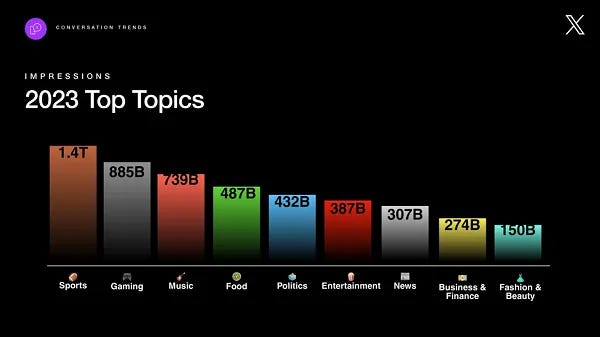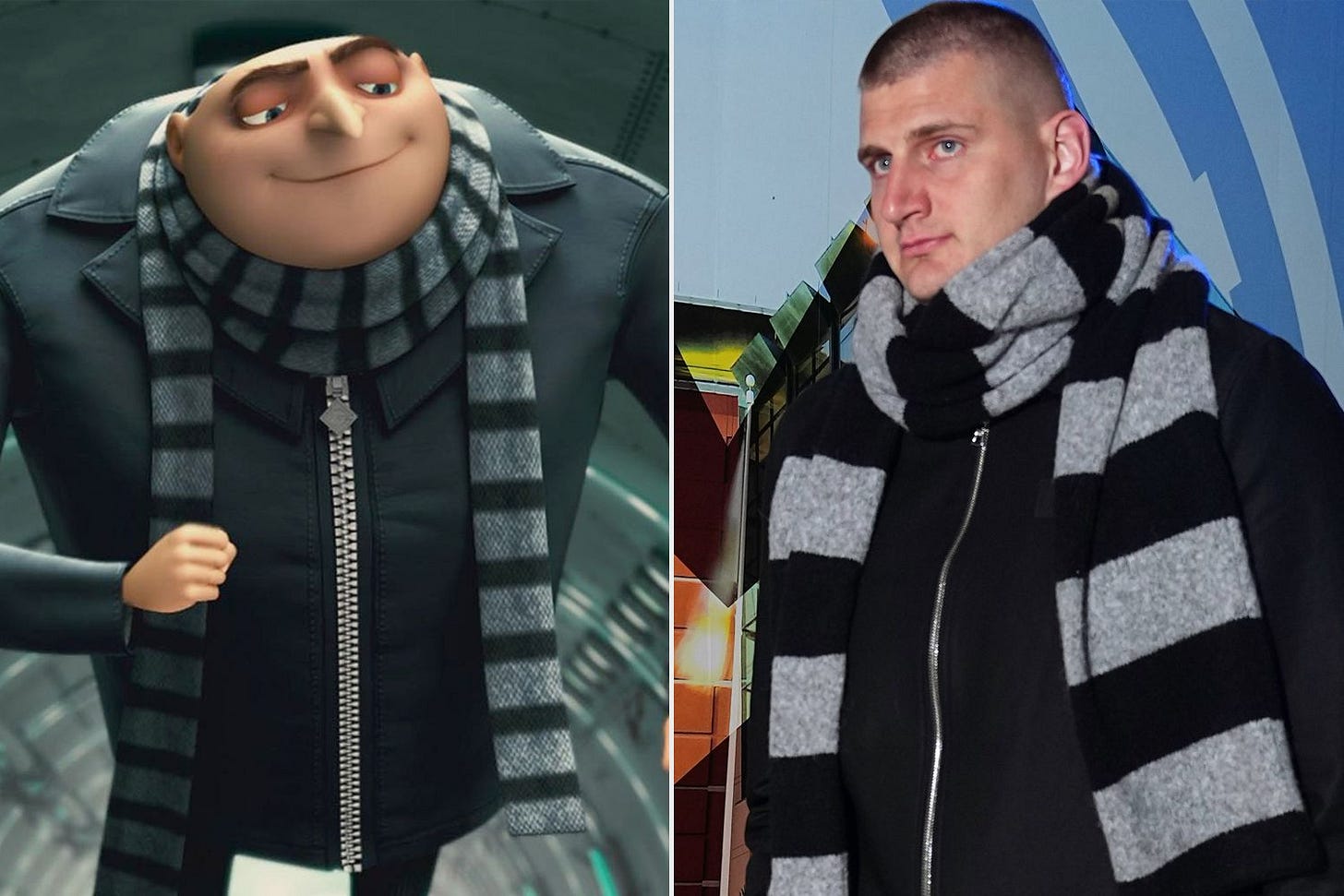The Sports World in SHAMbles
Some thoughts on how a blockbuster NBA trade can remind us just how much X (Twitter) has reframed the modern-day fan experience
Like other NBA fans around the globe, watching the Lakers and the Mavericks battle it out last night in LA had me reflecting on what was a truly chaotic sports episode.
In my 24 years as a fan, I’ve never witnessed the entire basketball community unified in shock like they were a few weeks ago when the news broke that 25-year-old international superstar Luka Dončić had been traded from the Dallas Mavericks to the Los Angeles Lakers in exchange for a collection of players and picks including veteran All-Star Anthony Davis.
I think all would agree, it was one of those “everyone remembers where they were” sports moments.
But unlike other moments that might fit this description, this didn’t happen on the court. Or even in the stadium. Or even in person……Ultimately, it happened on X.
When ESPN NBA Insider Shams Charania broke the news on X, chances are that someone in your group chat sent some version of the following message: “No wayyy dude….. Shams was hacked !?!?!”
Shams even admitted that the details of the trade were so shocking that when the texts came through he thought he may have been hacked, taking to X to unprecedentedly double down on the announcement, stating, “Yes, this is real”.
Given the magnitude of star power and secrecy of the entire operation, this news sent shockwaves through the sports world, setting off an incredible chain reaction of overwhelming panic and disbelief mixed with a flood of rumors and theories around the who, what, where, and why of the deal.
(don’t worry….I’m not here to flesh out some conspiracy theory around why this means that the Mavericks are headed to Vegas and Lebron is going to be the owner of the team).
But besides the tectonic shift of power that this deal will likely trigger on the court, there is another influential shift that the reaction to this deal highlights: the drastic role that social media, particularly X (Twitter) has played in reshaping the modern-day sports fan experience.
The Multi-Leveled World of “Sports Twitter”
When Jack Dorsey, Evan Williams, Noah Glass, and Biz Stone (see pic below) founded Twitter back in 2006, the goal was to provide the world with a platform that “gave everyone the power to create and share ideas and information instantly without barriers".
Fast forward almost 20 years later to a new name and owner (X) and the social media powerhouse with 300 million daily active users (the equivalent of ~ 88% of the entire US population) and an estimated valuation of $44 billion has done exactly that and then some.
Serving as a centralized network of 24/7 information and opinions, the site has radically transformed the traditional flow of news and media that we’d been accustomed to, shifting the primary voice from traditional media outlets to individual accounts and users.
The world of sports has been no exception to the rule.
With passionate fans and incredible engagement, “Sports Twitter” has dominated the platform, proving to be one of its most successful sectors.
According to a recent engagement analysis conducted by Digiday, the sports category led the way with 1.4 trillion related impressions on the platform in 2023 alone, almost doubling the total impressions from the second place Gaming category.
And some of the largest sports accounts on X that have amassed some impressive followings:
League: NBA (48.1 million)
Team: Real Madrid (52.3 million)
Athlete: Christian Ronaldo (114.8 million…..the third most followed account on X)
But potentially equally as important to the modern-day fan experiences are the unofficial fan-driven communities that the platform houses as well.
From hot takes to calculated gambling advice and hilarious memes, there’s space for every type of fan on “Sports Twitter”.
(You know I couldn’t pass up the opportunity for an epic Jokic/Gru meme….)
The relaxed and conversational nature of these communities allows users to react in real-time on an appealing forum, giving them a place to converse with and debate similarly interested fans: A digital migration of the traditional sports bar or barbershop experience.
A recent article from the New York Times highlights a real-world example of this by reporting on a story of a Texas Rangers fan named Shannon Enty who started tweeting about the Rangers in 2010:
At first, “I was just sort of tweeting into the ether.”
As more people signed up for the app, Ms. Enty said she watched a community take shape. She became friends with some of those Rangers fans over time, even meeting a few in person.
“These are all people that I think initially I got in contact with because they tweeted,” she said. “It’s hard to imagine now because we’re good friends above that, but originally it was because of Rangers Twitter.”
This story likely resonates with all types of fans
But a recent 2025 Global Sports Survey published by consulting firm Deloitte quantifies just how engrained this experience has become for Gen-Z fans:
More than 90% of Gen Z fans use social media to consume sports content, including game clips and highlights, live events, athlete interviews, and posts from athletes.
When attending a live sporting event in person, 43% of Gen Z fans use their mobile device to post to social media during the game.
A majority of Gen Z fans follow an athlete online, with 46% of Gen Z fans watching a live sporting event from home as a result of following that athlete online
Unsurprisingly, sports fans born in the digital age have become reliant on social media to not just influence the content they consume but to build communities with fellow fans, thus resulting in an online experience that is literally defining the parameters of what it means to be a modern-day fan.
One fun example of just how impactful these communities have become is the launch parody-style movie on Hulu last week titled “Memes and Nightmares” (The trailer actually looks pretty hilarious…..).
The project, backed by Lebron James and business partner Maverick Carter highlights the entertaining world of NBA memes through a comedic lens while underscoring just how much the world of “NBA Twitter” has actually defined the culture surrounding the league and its fans.
Looking Forward…..
The commercial value that social platforms like X provide for rights holders and athletes is undeniable.
Ultimately, X provides a model that is built around the power of community, and sports is the ultimate community business.
Pro leagues, teams, and players can therefore turn to the platform to seamlessly share breaking news and additional content directly to a loyal and focused fanbase in a way that is informative yet more casual than via traditional media outlets.
But as the influence and size of these “unofficial” communities only continue to rise, I’ll be curious to watch how rights holders look to engage with the other more homegrown and fan-driven side of social media.
Although the memes can seem comedic at face value, I think that these growing communities are likely a goldmine of valuable information, and could help pro entities better understand the habits and preferences of the next generation of fans if they interact with them correctly.
Hope you enjoyed this edition!
If you did, please pass this along to your friends!









